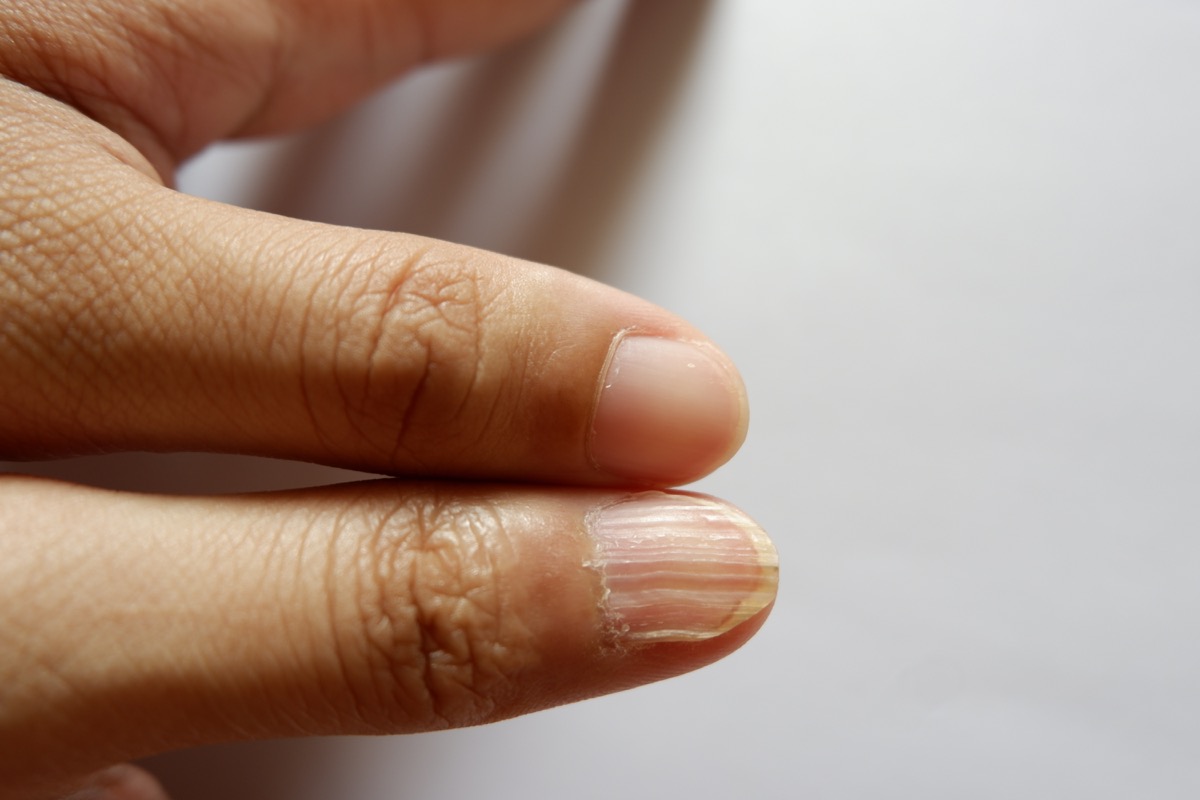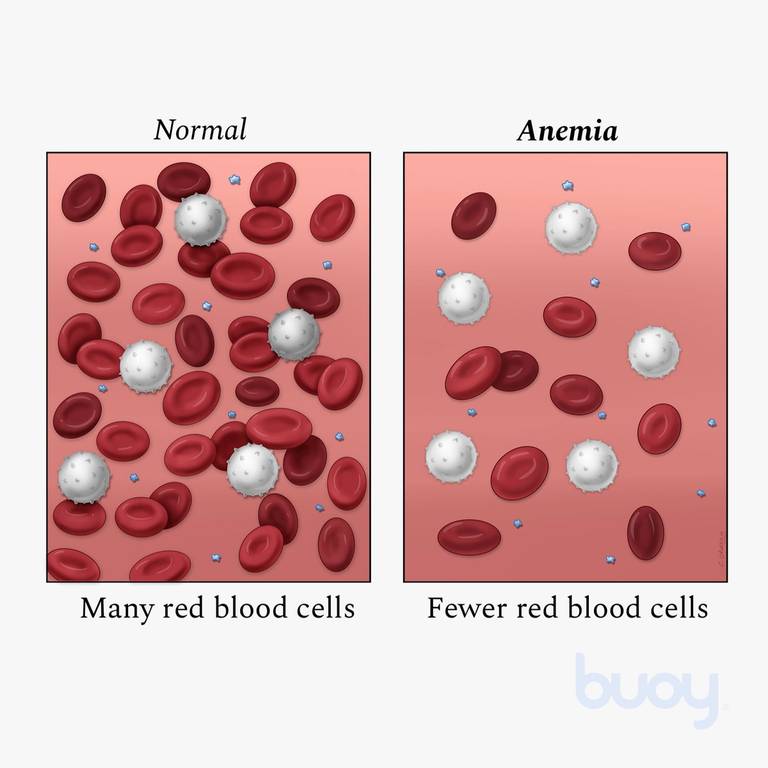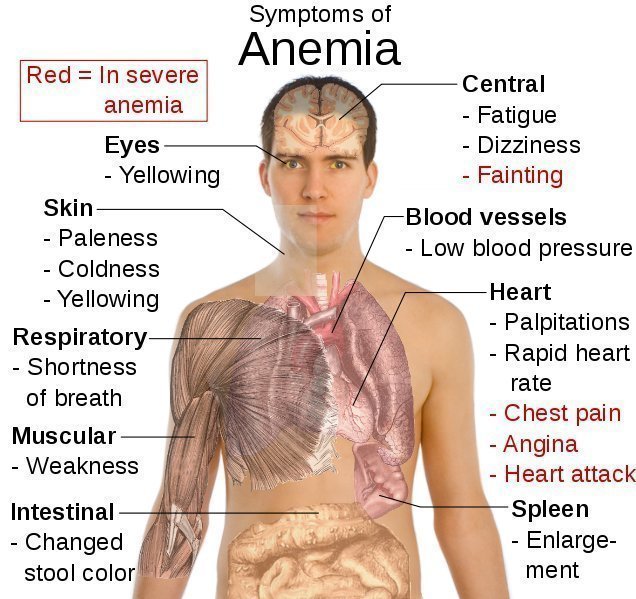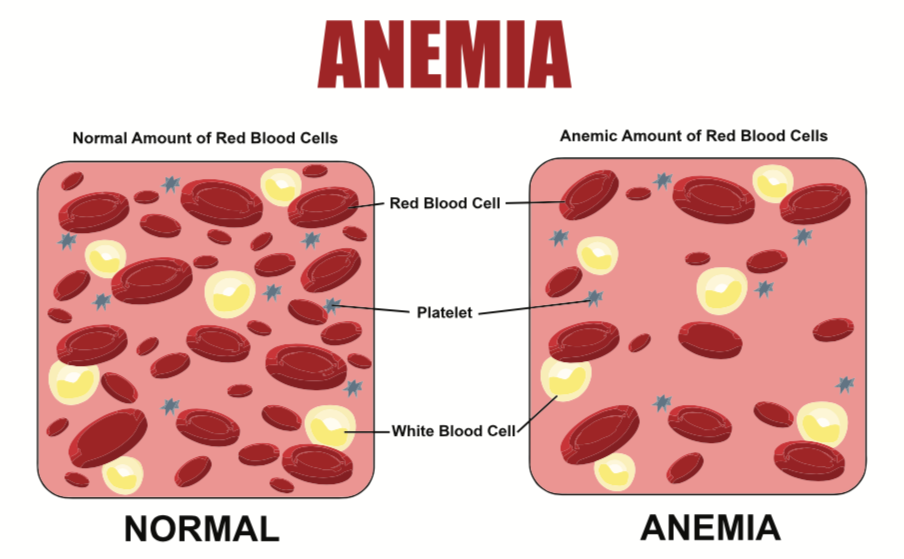Unique Info About How To Tell If You Are Anemic

Anemia is a low number of red blood cells that can cause fatigue, shortness of breath, pale skin, and other symptoms.
How to tell if you are anemic. Symptoms & causes. Learn how to identify the signs of anemia, such as fatigue, pale skin, palpitations,. Learn how to recognize the symptoms of fatigue, pallor,.
Occasionally, it can cause chest pain, a fast heartbeat. What are the symptoms of anemia? The easiest symptom to spot, day to day sluggishness is the most common sign of anaemia and is caused by not having enough oxygen to fuel the body.
This is one of the most common symptoms of anemia. Iron deficiency anemia is a common type of anemia that occurs when your body doesn’t have enough iron. Pale or yellowish skin and mucus membranes.
Shortness of breath, even when doing things you could usually do easily. It’s often used to help diagnose other conditions, too. A simple blood test can confirm if you have iron deficiency anaemia.
Examine your level of fatigue. Signs of severe anemia. A complete blood count (cbc) is usually the first test that’s ordered to diagnose anemia.
The most common symptoms include: You may also look pale and have cold feet or hands. Anemia is defined as having a.
When someone develops anemia, they’re said to be anemic, meaning they have symptoms of anemia, like being very tired or feeling cold all of the time. These three signs don’t prove whether you do or don’t have anemia. 1) you lose more blood and iron than your body can replace, 2) your body is not able to absorb iron very.
Anemia occurs when the blood doesn't have enough hemoglobin or red blood cells. How to tell if you have iron deficiency anemia. Signs of anemia.
When you have anemia, your body doesn't produce enough red blood cells. Anemia is a condition where you have low red blood cells and less oxygen in your body. Noticeable heartbeats (heart palpitations) a pale.
It can be caused by blood loss, decreased production, or. In the case of low iron. Bleeding causes loss of red blood cells and hemoglobin faster than they can be replaced.


















